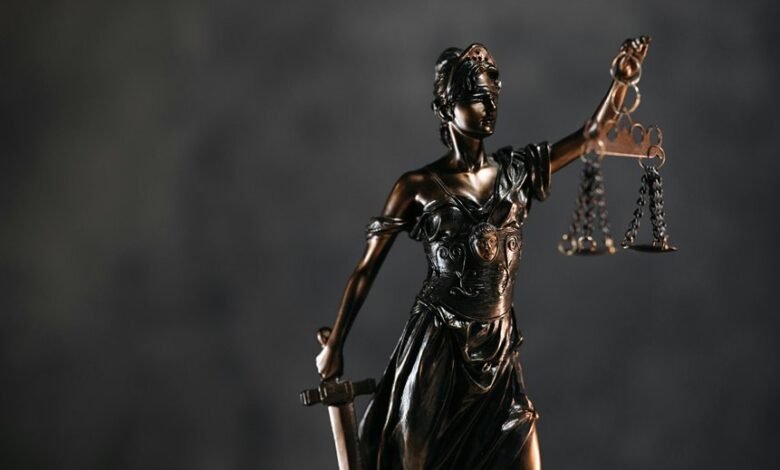Fatalmodelriodasostras: O Que Representa e Como Afecta os Processos Legais

Fatalmodelriodasostras signifies a transformative moment in legal frameworks, emerging from societal demands for greater individual autonomy. Its implications extend beyond mere legislation, challenging established norms and prompting nuanced ethical considerations. This code’s evolution reflects shifting societal values, influencing judicial practices and interpretations. As the legal community grapples with these changes, the implications of Fatalmodelriodasostras raise critical questions about the future of legal practices and the balance between individual rights and societal ethics.
The Origins of Fatalmodelriodasostras
The origins of Fatalmodelriodasostras are rooted in a complex interplay of historical, social, and legal factors.
This phenomenon emerged within a specific historical context, where societal demands shaped its formation.
The legislative evolution surrounding Fatalmodelriodasostras reflects a response to emerging challenges, emphasizing the necessity for frameworks that promote individual autonomy and safeguard freedoms, while addressing contemporary legal needs and societal changes.
Legal Implications and Interpretations
Legal implications of Fatalmodelriodasostras are multifaceted, encompassing various interpretations that impact judicial outcomes and legislative practices.
The ambiguity in legal definitions invites diverse judicial interpretations, often illustrated through case studies.
These interpretations can significantly influence the application of law, shaping precedents and guiding future legal decisions.
Thus, understanding these implications is essential for legal professionals navigating this complex landscape.
Impact on Contemporary Legal Practices
While the legal landscape continues to evolve, the impact of Fatalmodelriodasostras on contemporary legal practices is increasingly evident.
This code introduces significant legal innovations, prompting a reassessment of ethical considerations within the legal framework. Practitioners are compelled to navigate complex ethical dilemmas while embracing new methodologies.
Consequently, the code challenges traditional norms and fosters a more dynamic and accountable legal environment.
Conclusion
In the grand theater of law, Fatalmodelriodasostras emerges as both the protagonist and the antagonist, deftly navigating the tightrope between freedom and ethical conundrums. Its intricate dance with traditional norms invites legal professionals to don their finest thinking caps, lest they trip over the very principles they seek to uphold. As society clamors for autonomy, one must wonder if this code is a beacon of progress or merely a legal labyrinth, tantalizingly complex yet ultimately indecipherable.




